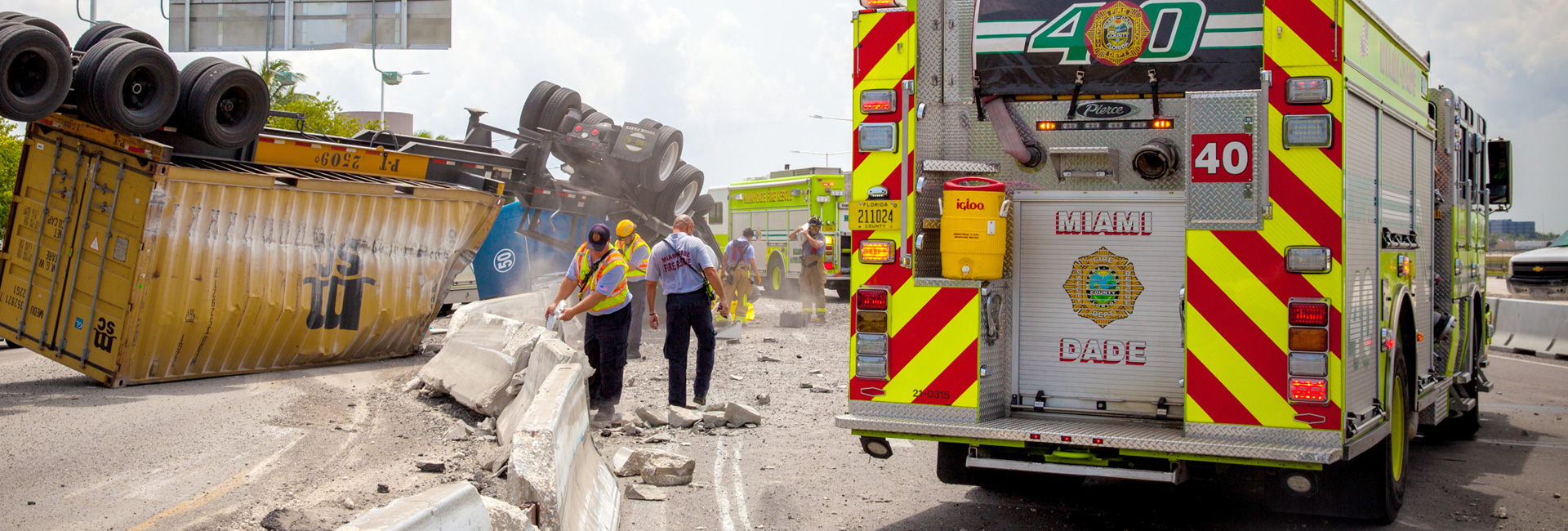Safety Tips: Burns & Scalds
There will always be some accidents that can’t possibly be predicted, but for the most part, minor burns and scalds are the results of actions or behaviors that were unsafe from the beginning.
Burn injuries are classified according to how seriously the skin and tissue have been damaged. There are three major categories:
- First-degree burns are considered minor and involve only the outside layer of skin. The skin turns red, but there are no blisters. These burns are painful but they should heal within two to five days and there should be no scarring.
- Second-degree burns are also generally considered minor unless they cover a large area of the body. They are characterized by redness, swelling and blistering. The outside layer of the skin is destroyed and the inside layer is damaged. These burns are very painful and usually heal within one to two weeks. Scarring is possible.
- Third-degree burns destroy the entire depth of the skin and can even damage underlying tissues, organs or bones. The skin may appear blackened, charred or white and because of nerve damage, there is often little or no pain.
- Minor first-degree and second-degree burns can be treated by submerging the injury in cool water (not ice water) for at least five minutes. A dry, sterile bandage may be placed over the burn for protection. Second-degree burns that cover a large area or occur on the face, groin, hands or feet are considered serious and require medical attention.
- Third-degree burns, no matter how small, are especially susceptible to infection and must always be treated as serious life-threatening emergencies. Immediate medical care is required.
- Do not apply ice, grease, butter or ointments to any burn and don't pop any blisters. Never attempt to pull off any clothing or other material that is stuck on a burn.
- Aside from never trying to iron anything while you are wearing it, you can also minimize the possibility of incurring a burn or scald injury by taking some basic safety precautions and avoiding these common burn hazards:
- Never leave children unattended around hot appliances such as irons, hair styling irons, coffee makers, stoves, and ovens.
- Make sure that the handles of pots and pans on the stove are turned away from the front so children can’t pull them down.
- When removing lids from hot pots and pans, tip open the side away from you first to safely let out hot steam.
- When handling hot liquids, take care to keep them out of the reach of children and always use a top when drinking hot beverages in the car.
- Set the water temperature on your water heater no higher than 120 degrees. Always test water temperature before putting babies or small children in the bath.
If you are ever in doubt about the severity of a burn, or you develop signs of infection such as fever or redness and swelling around the injury, seek medical attention right away.

Fire Rescue
Raied "Ray" Jadallah
R. David Paulison Fire Rescue Headquarters
9300 NW 41st Street,
Miami, FL 33178-2414
786-331-5000

